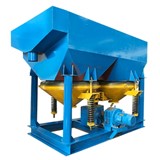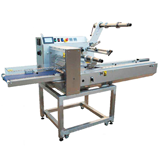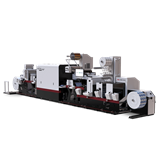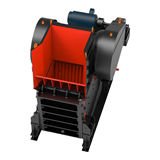While up slightly, by 0.9 points to 46.3, the Australian PMI remained well below the 50-point figure separating expansion from contraction.
Among the activity indicators, manufacturing production (up 1.6 points to 46.6) and new orders (up 1.7 points to 45.9) continued to decline, and manufacturing sales (up 1.0 point to 46.2) contracted for a tenth consecutive month. Only the manufacturing exports sub-index signaled expansion (down 2.2 points to 51.7 points), as the impacts of the lower dollar continued to flow through.
Once again, much of this growth in exports was concentrated in the food and beverages sub-sector, one of four manufacturing sub-sectors to expand in March (down 0.7 points to 59.4). The non-metallic mineral products sub-sector expanded for a fifth consecutive month, although at a slower pace (down 8.7 points to 57.4), while the very small printing and recorded media sub-sector rose by 10.3 points to 58.6 – its first expansion since December 2013. Wood and paper products stabilised in March (up 8.6 points to 50.1), but textiles, clothing & furniture returned to contraction (down 7.3 points to 48.6) after fourth months of expansion.
Ai Group Chief Executive, Innes Willox, said: "The lower Australian dollar continues to boost manufacturing export volumes. However, despite stronger residential building activity and some easing of the intense pricing pressures from imports flowing from the lower dollar, weak local demand continues to weigh heavily on activity. This month manufacturers noted the dampening impacts of further drops in mining construction; the progressive closure of automotive assembly; subdued business investment in equipment; and political uncertainties in Canberra and in NSW ahead of the state election.
"The other side of the lower value of the currency is that it is lifting prices for imported inputs and we expect it will take some time for manufacturers to adjust the arrangements – including offshoring – they put in place when the dollar was higher," Willox said.
Key findings for March:
- The Australian PMI rose 0.9 points to 46.3 in March, indicating a fourth month in contraction.
- Four of the eight manufacturing sub-sectors expanded in March: food, beverages and tobacco (down 0.7 points to 59.4); non-metallic mineral products (down 8.7 points to 57.4); printing and recorded media (up 10.3 points to 58.6); and wood and paper products (up 8.6 points to 50.1).
- The machinery and equipment (unchanged at 43.5); metal products (down 0.7 points to 44.3); and petroleum, coal, chemicals and rubber products (up 1.1 points to 35.8) sub-sectors all continued to contract this month, and the textiles, clothing & furniture sub-sector ended fourth months of expansion, dropping 7.3 points to 48.6.
- Among the activity sub-indexes, only manufacturing exports (down 2.2 points to 51.7 points) expanded in March. Manufacturing production (up 1.6 points to 46.6) declined for a fifth month, new orders (up 1.7 points to 45.9) declined for a fourth month, and manufacturing sales (up 1.0 point to 46.2) recorded a tenth consecutive month in contraction.
- Reflecting ongoing weak trading conditions, manufacturers reduced their supplier deliveries (up 0.7 points to 47.6) and stock levels (down 3.6 points to 43.4) for a second month in March.
- Manufacturing employment fell for a third month in March, albeit at a slower pace (up 1.2 points to 47.1).
- After 12 months of contraction, selling prices stabilised in March (up 1.7 points to 50.0), indicating some easing of downward pricing pressure from import competition as the impacts of the lower dollar continue to flow through. However, input costs remain elevated (up 1.0 points to 73.4) and the wages sub-index increased slightly (up 1.3 points to 56.5), pointing to ongoing margin pressures for manufacturers.




-160x160-state_article-rel-cat.png)

-160x160-state_article-rel-cat.png)














